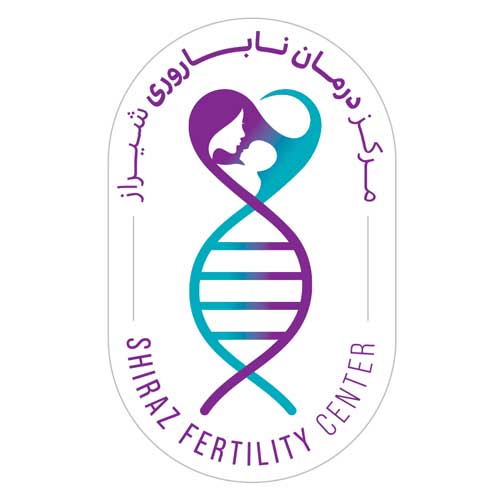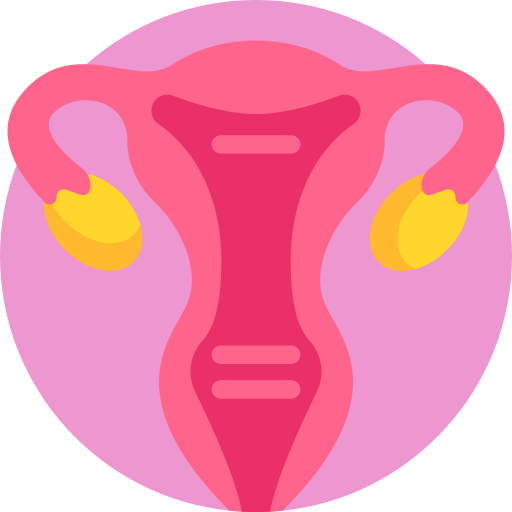
Causes of male infertility

Fertilization
Oocyte Pick up
Until the early 1980s, egg retrieval from the ovary was performed through laparoscopy in IVF cycles, a method that was both expensive and required general anesthesia. Currently, the standard method for egg retrieval is transvaginal ultrasound-guided aspiration under intravenous sedation. Egg retrieval is performed approximately 34-36 hours after the administration of hCG (5000-10000 international units intramuscularly). The dose of hCG is determined based on the patient’s response to controlled ovarian hyperstimulation (COH) and serum estradiol levels on the day of hCG administration.

Studies have shown that a 5000 IU dose of hCG yields similar results compared to a 10000 IU dose in terms of egg maturation, fertilization, and pregnancy rates. Extending the egg retrieval time after hCG administration does not significantly increase the risk of premature ovulation and has no adverse effects on egg quality, fertilization rates, or overall outcomes of down-regulation cycles with GnRH agonists. However, earlier retrieval may result in a lower number of mature eggs. Empty follicle syndrome refers to the absence of an egg during retrieval from ovarian follicles and occurs in 0.5-1% of IVF cycles.
Factors contributing to this include late or no administration of hCG, or reduced biological activity of commercial hCG. Serum hCG concentration, 36 hours after injection, is approximately 100-300 units per liter. Similar to the sudden release of LH in natural cycles, hCG resumes meiosis in primary oocytes arrested in the prophase stage of the first meiotic division. In natural women, spontaneous ovulation occurs about 30 to 36 hours after the LH surge, while in stimulated cycles, spontaneous ovulation occurs 36 to 40 hours after hCG injection. Therefore, oocyte retrieval should be performed 24-36 hours after hCG administration in IVF cycles. If performed later, the oocytes will have been released and will be found in the cul-de-sac.
The quality of the oocyte-cumulus cell complex (CoC) is assessed based on the size and density of granulosa cells surrounding the oocyte and the degree of adhesion between them (Table 1). Cumulus cells surrounding a mature oocyte exhibit a radial crown appearance like the rays of the sun. An oocyte is considered ready for assessment only after the surrounding cumulus cells have been removed. After removal of the surrounding cumulus cells, the oocyte can be examined under a light microscope for the presence or absence of the first polar body or germinal vesicle. A mature oocyte is arrested at the metaphase II stage of meiosis. An ideal polar body is round or oval and has a smooth surface.
Nuclear maturation of an egg alone is insufficient to determine its quality; cytoplasmic maturation is also of great importance. It is essential for both nuclear and cytoplasmic maturation to occur simultaneously and harmoniously. Asynchrony in nuclear and cytoplasmic maturation leads to various abnormalities and morphological disturbances in the egg. The presence of a degenerated first polar body may reflect asynchrony in nuclear and cytoplasmic maturation, indicating poor egg quality. This asynchrony often occurs in cases of ovarian hyperstimulation. Approximately 85% of retrieved eggs are in the metaphase II stage of meiosis with the first polar body extruded. However, polarized microscopy has shown that some eggs, despite the extrusion of the first polar body, are still immature. 10% of eggs have a watery nucleus (germinal vesicle) and 5% are in the metaphase I stage of meiosis.
Nuclear maturation of an oocyte is characterized by the extrusion of the first polar body and its presence in the perivitelline space, along with the absence of a germinal vesicle. An oocyte in the metaphase I stage of meiosis lacks a polar body but has a faded germinal vesicle and nucleolus. Oocytes in the metaphase I stage of meiosis should remain in culture for a longer period before fertilization and be examined for the extrusion of the first polar body. An oocyte in the prophase I stage of meiosis (GV) is immature. Certain morphological abnormalities of the oocyte, such as increased cytoplasmic granularity, the presence of vacuoles, abnormal shape of the first polar body, and zona pellucida abnormalities, are associated with oocyte quality.
Giant oocytes contain extra chromosomes and, when examined under a polarizing microscope, exhibit two distinct meiotic spindles, reflecting a genetic abnormality. These oocytes should not be used for fertilization. Embryos derived from these oocytes are chromosomally abnormal, although they may undergo normal cleavage and developmental stages up to the blastocyst stage. Transferring these embryos increases the risk of miscarriage. The type of ovarian stimulation, AMH levels, appearance of cumulus and corona radiata cells, presence and location of the meiotic spindle, cytoplasmic morphology, and the presence of cytoplasmic structures can provide valuable information about the maturity of the oocyte and the quality of the resulting embryos.
Source: Clinical Approaches to Infertility in Reproductive Biology
Also read:


